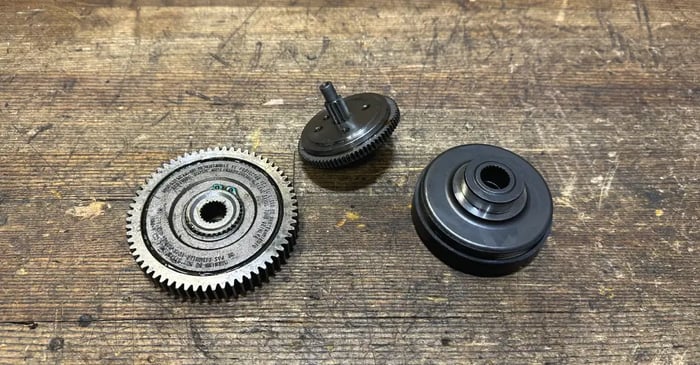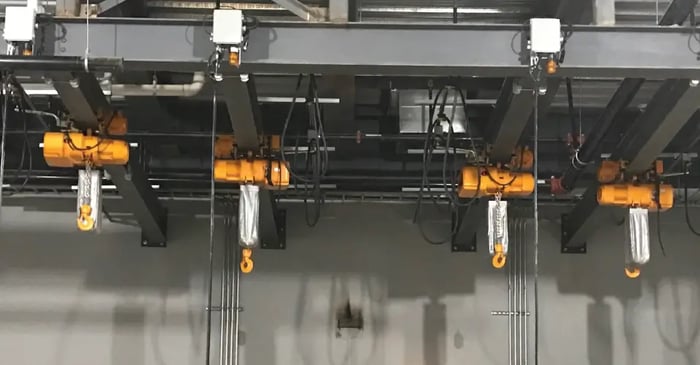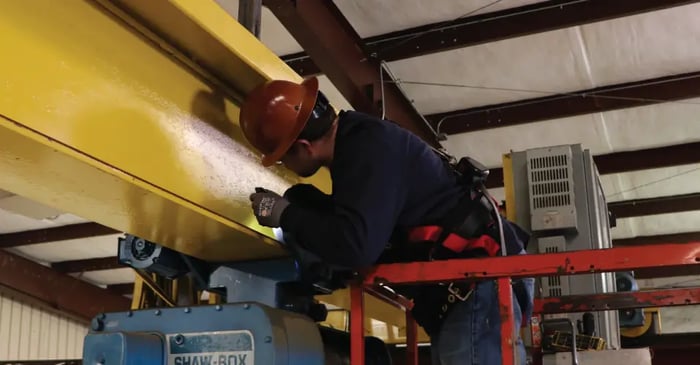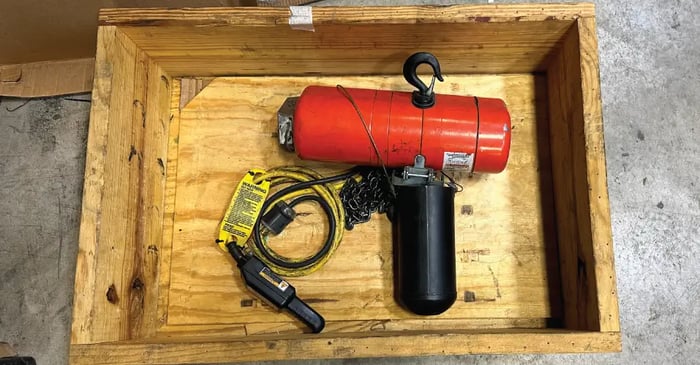
Why a Hoist Fails to Lift Its Rated Load and How to Fix It
Hoists are vital tools in various industries, designed to lift and transport heavy loads with ease. They play a critical role in workflow and, when a hoist fails, it can lead to a dangerous situation in the workplace. One common issue faced by users is when a hoist fails to lift its rated load. If you're dealing with this problem, this comprehensive guide will help you understand the potential causes, with a special focus on the role of clutches in hoist operation.
What are Hoist Clutches and Why are They Used?
Clutches are a critical component of hoists. They act as a connector between two rotating shafts, managing the power transmission connection and disconnection. In the context of hoists, clutches primarily serve two purposes: overload protection and assisting in load control.
The primary role of the clutch is to prevent hoist overload, a common and dangerous situation that could lead to equipment failure. The clutch is designed to slip intentionally when the load exceeds the hoist's rated capacity, disconnecting the drive mechanism and stop the lifting process. By doing so, it ensures the safety of both the hoist and the operator.
The clutch contributes to the hoist's ability to control the load, allowing for smooth and precise lifting and lowering actions.
Why Do Clutches Slip?
While clutch slippage is a designed safety mechanism to prevent hoist overload, unwarranted clutch slips can occur due to various reasons, that can then result in the hoist failing to lift its rated load.
- Wear and Tear: Like any mechanical component, clutches can wear out over time, especially if they are continually exposed to heavy loads and harsh environmental conditions. Regular maintenance and part replacement are necessary to prevent this from happening.
- Poor Maintenance: Inadequate or improper maintenance can lead to a range of mechanical problems, including clutch slippage. Failing to lubricate moving parts can cause them to seize or fail. While ignoring recommended service intervals can compound minor issues and turn them into major problems.
- Incorrect Adjustment: Clutches need to be adjusted correctly to perform optimally. If the clutch is too tight, it may not slip when it's supposed to, leading to overload situations. On the other hand, if it's too loose, it may slip unnecessarily, preventing the hoist from lifting the rated load.
- Overloading: Although the clutch is designed to protect the hoist from overload situations, repeated or severe overloading can damage the clutch, causing it to slip even when lifting loads within the hoist's rated capacity.
The Effect of Clutch Slippage on Hoist Performance
When the clutch slips unnecessarily, it interferes with the hoist's lifting ability. Instead of transmitting power from the motor to the load, the energy is lost in the slipping clutch. This results in the hoist's inability to lift the rated load, even though the motor might be functioning perfectly.
The most noticeable effect of this problem is reduced lifting capacity. The hoist may struggle to lift loads it previously handled with ease, or it may fail to lift them altogether. This is not just a productivity issue, but it's also a safety concern as it increases the risk of dropped loads and equipment damage.
What's the Solution?
The first step in addressing hoist performance issues related to clutch slippage is to perform a thorough inspection and maintenance. Ensuring that the clutch and other hoist components are in good working condition can often solve the problem.
If the clutch is worn or damaged, it should be replaced. If it is incorrectly adjusted, it should be readjusted according to the manufacturer's specifications. A professional should handle these tasks to ensure proper procedures are followed and safety standards are maintained.
Preventing overload situations is also essential. Operators should be trained to understand the hoist's rated capacity and the risks associated with overloading. A load management strategy can help avoid unnecessary strain on the hoist and prolong the life of the clutch and other components.
Understanding why your hoist won't lift its rated load anymore often leads back to clutch performance. By recognizing the role of the clutch in hoist operation and maintaining it properly, you can avoid unwanted downtime and maintain your hoist's performance at its optimal level.




